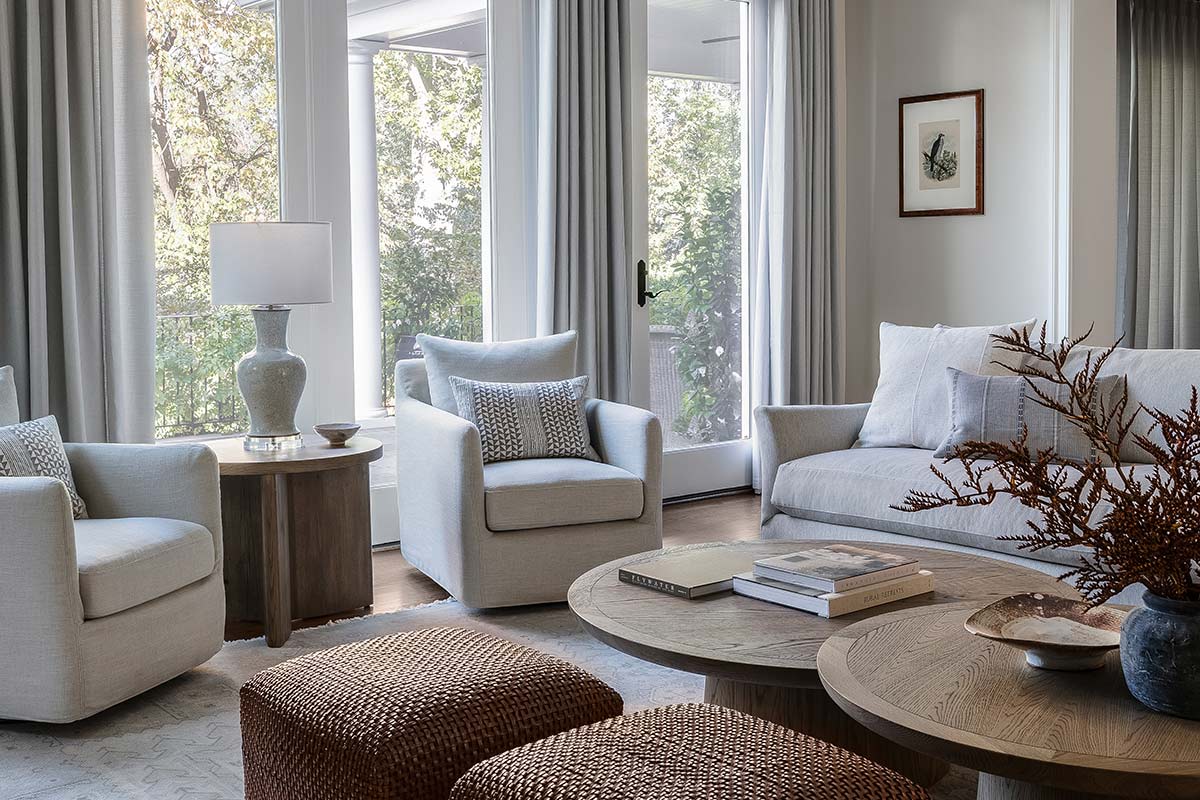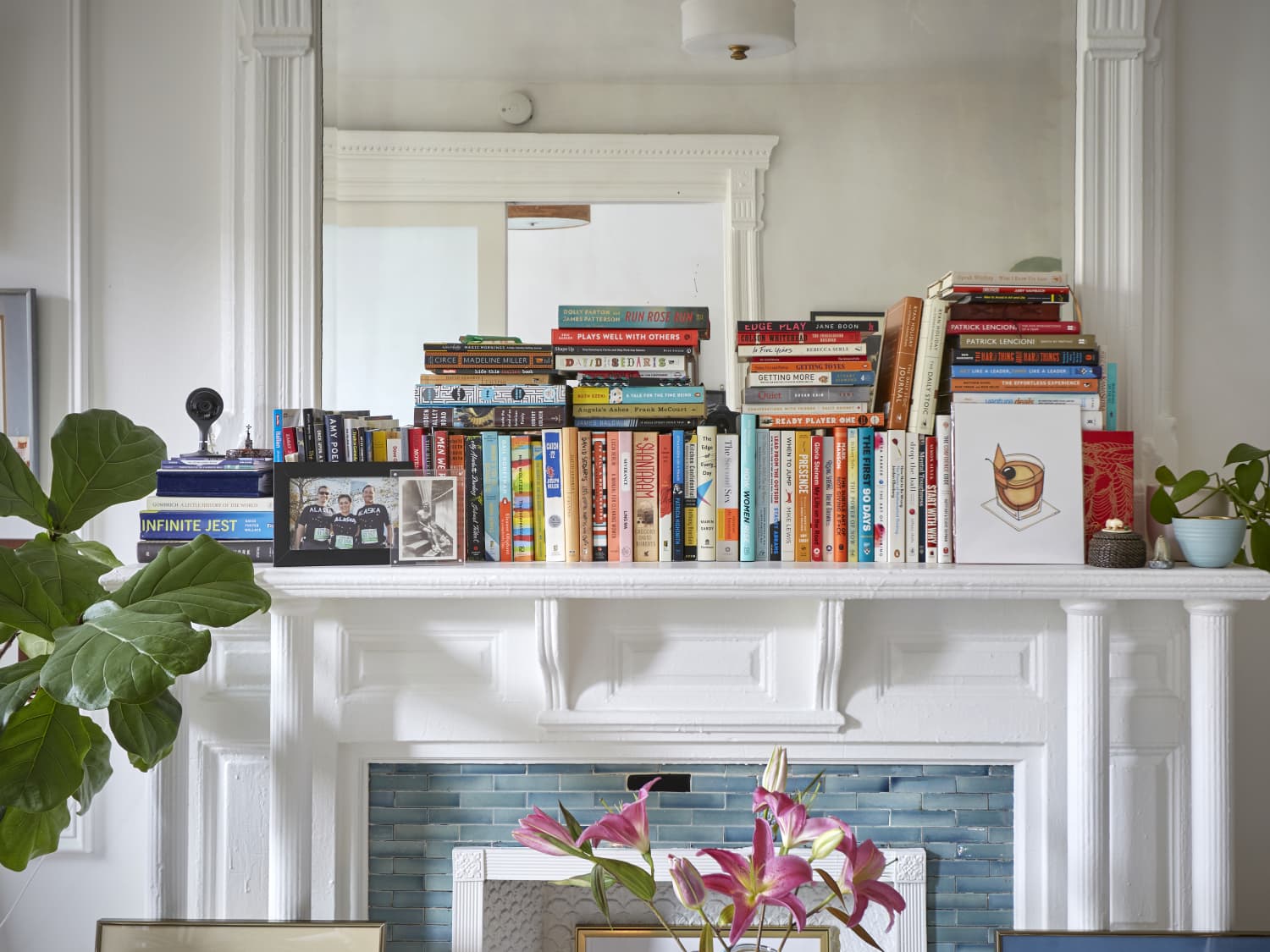I never realized how much the placement of a chair or the angle of a lamp could change the way I feel inside my own home until I started moving things around one restless afternoon. I wasn’t planning a renovation, and I certainly wasn’t buying new furniture. It was just me, in sweatpants, dragging the sofa across the room because something about it felt… off. That was the beginning of a habit I didn’t know I needed: the quiet, strangely therapeutic ritual of rearranging my space.
It started small, almost accidental. I pushed the bed away from the wall one Saturday morning just to vacuum behind it, but when I looked at it sitting there in the middle of the room, I decided to leave it. That night, falling asleep felt oddly refreshing, like staying in a hotel, even though it was the same mattress, same sheets, same pillows. The only difference was perspective. I was looking at the room from a new angle, and somehow that made the familiar feel brand new.
Over time, I realized I kept doing this whenever my mind felt stuck. When the days blurred together, when my thoughts ran in circles, I would move the dining table closer to the window, or switch the bookshelf to the opposite wall. Each time, the shift felt disproportionate to the effort. A simple rearrangement, and suddenly I could breathe differently, think differently.
There is something almost magical about seeing your belongings in new positions. The chair you never sat in suddenly becomes the best reading spot because it now catches the afternoon sun. The lamp you barely noticed before throws a softer glow when placed near the corner instead of the center. It feels like unlocking hidden potential in your own surroundings, like discovering secret rooms in a house you thought you already knew.
I’ve learned that rearranging isn’t about perfection. It’s not about chasing some ultimate design, the kind you see in magazines, where every cushion is curated and every plant has its designated place. My version is much messier. Sometimes I shove the coffee table into a corner and live with it awkwardly for a week before pulling it back. Sometimes the sofa ends up angled so strangely that friends raise their eyebrows when they visit. But that’s part of the point — it’s about experimenting, allowing the space to be alive instead of fixed.
There’s also an emotional layer to it. Moving furniture feels, in a small way, like moving myself. When I slide the desk closer to the window, I feel a shift in energy, as though I’ve nudged my own perspective a few degrees toward the light. When I stack books differently, I end up rereading ones I had forgotten, as if the change in order reshuffles my memories too. It’s both external and internal, a dance between the physical environment and the way my mind occupies it.
I remember one particularly grey winter when I felt hemmed in by everything — the weather, my schedule, even my thoughts. Out of restlessness, I decided to rotate my bed ninety degrees. It took half an hour and a lot of muttered frustration when I bumped my shin, but when I finally stood back, the room felt unrecognizable. That night, I woke up facing a wall I had never seen from that angle before. It sounds ridiculous, but it gave me a flicker of joy. The world outside was still the same — grey, damp, unforgiving — but inside my room, something had shifted. It was like tricking my brain into believing in fresh starts without leaving home.
Not every rearrangement is a success. There have been disasters — like the time I placed my desk too close to the radiator and roasted through an entire workday without realizing it, or when I stacked plants on a shelf that clearly couldn’t handle the weight. But even those mistakes have their own charm. They remind me that living spaces are not static museums. They’re laboratories, places for trial and error, for discovering what feels right today, knowing it might feel wrong tomorrow.
There’s also a surprising intimacy in touching all your belongings, lifting them, shifting them, deciding where they belong. It forces you to confront the things you’ve been ignoring — the pile of unread magazines under the table, the chipped mug you keep even though you never use it. Rearranging turns into a quiet conversation with your own clutter, a way of asking: do you still belong here? Sometimes the answer is yes, sometimes it’s no. Either way, you feel lighter after the dialogue.
I think what I love most about this habit is how it reminds me that change doesn’t always have to be drastic to matter. You don’t need a new house or expensive renovations to feel different. Sometimes you just need to pull the rug a little to the left, or swap the chairs around, and suddenly the whole atmosphere changes. It’s a reminder that perspective is powerful, that even small adjustments can ripple through your mood in unexpected ways.
Now, whenever I sense that stagnant feeling creeping in — the kind that makes days blend together — I look around the room. I ask myself what could be shifted, even slightly. Sometimes it’s as minor as moving a stack of books closer to the window or swapping the blanket from the bed to the couch. These tweaks may look insignificant, but they carry a psychological weight. It’s a message to myself: things don’t have to stay the same. I can move them. I can move me.
Rearranging my space has become my way of keeping life fluid. It’s not about chasing perfection, or even about aesthetics half the time. It’s about reminding myself that nothing is fixed, that even in the confines of four familiar walls, there is room for reinvention. And every time I slide a chair, push a table, or rethink a corner, I feel a quiet thrill. The room looks new. I feel new. And for a while, that’s enough.



